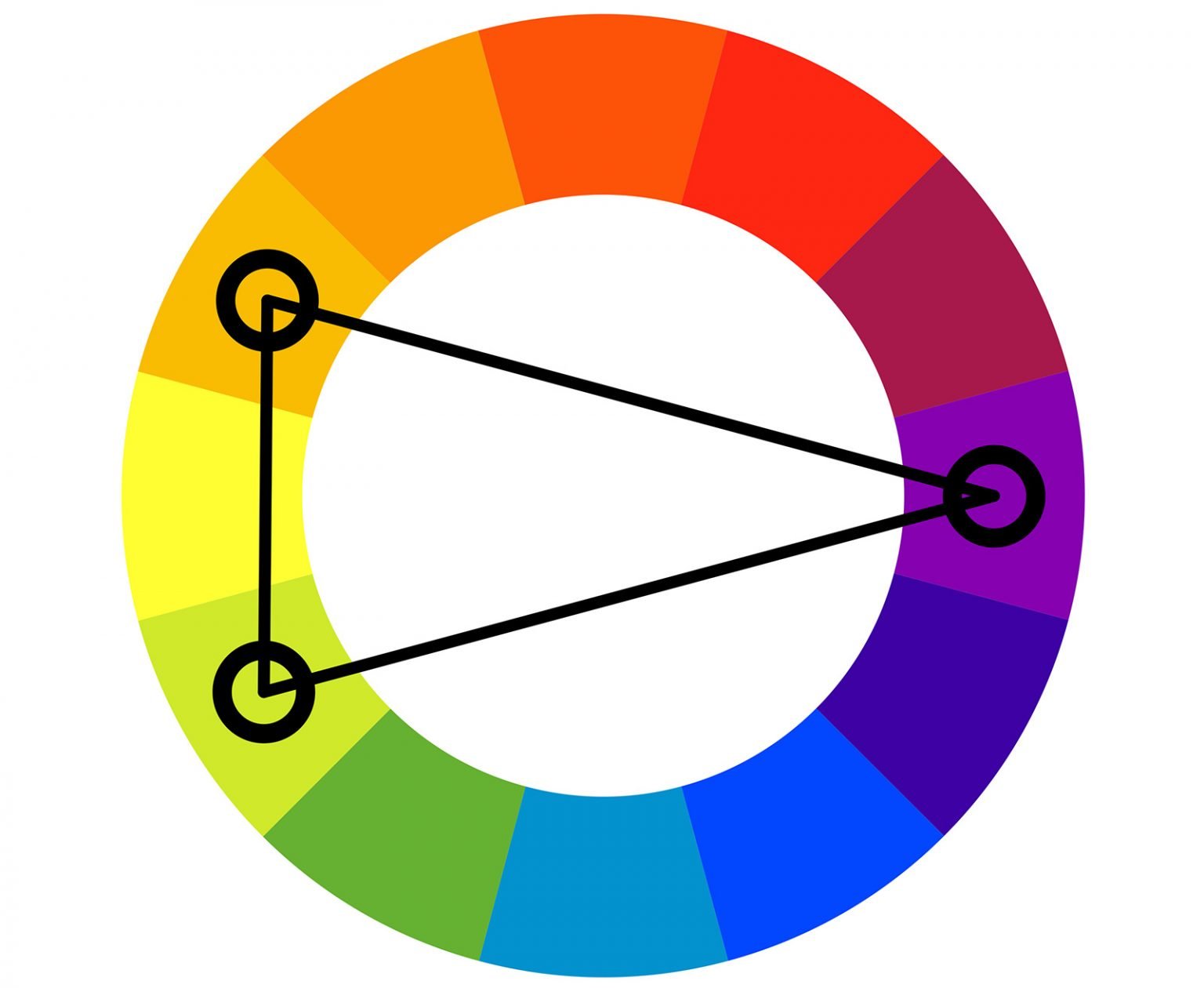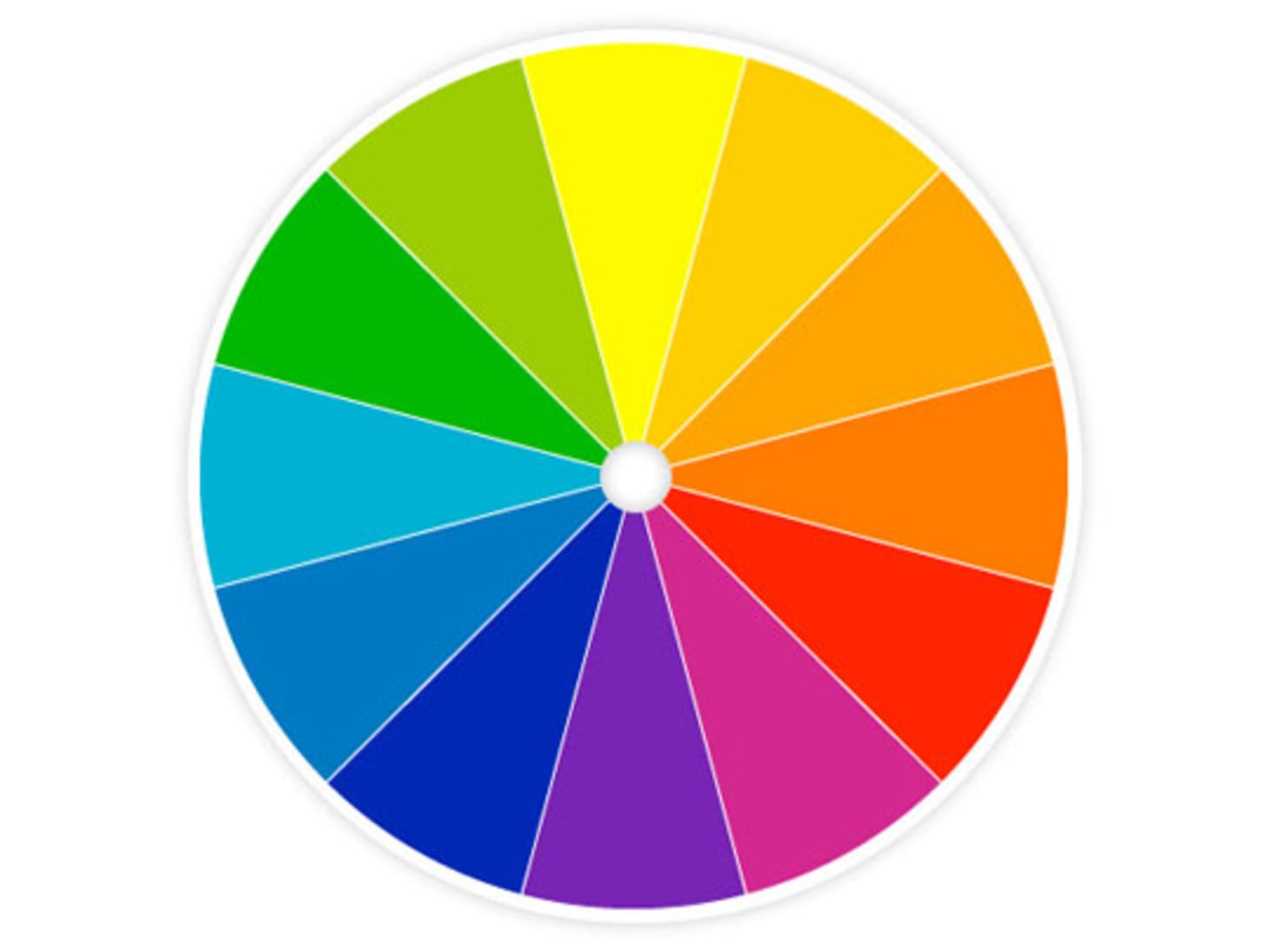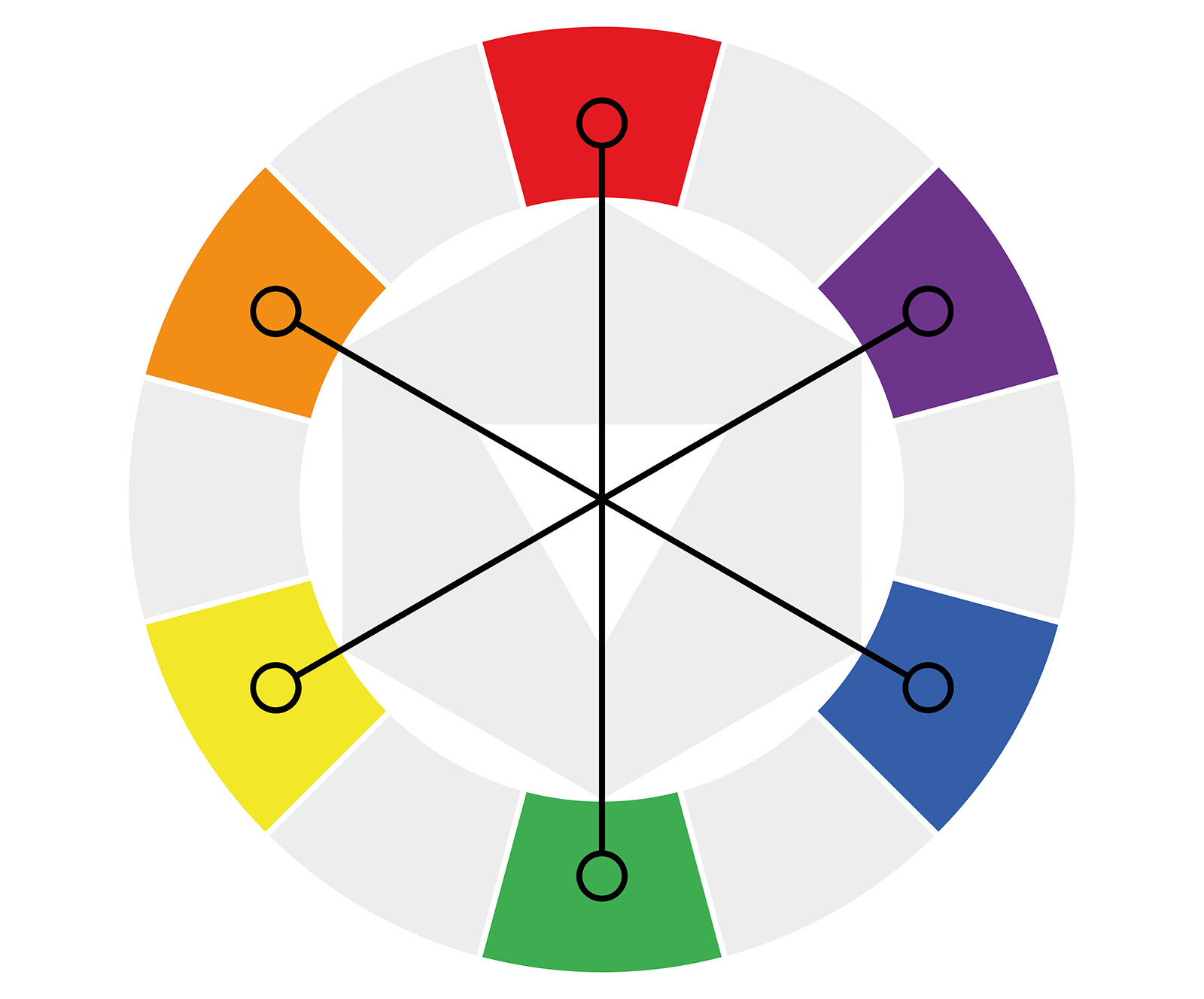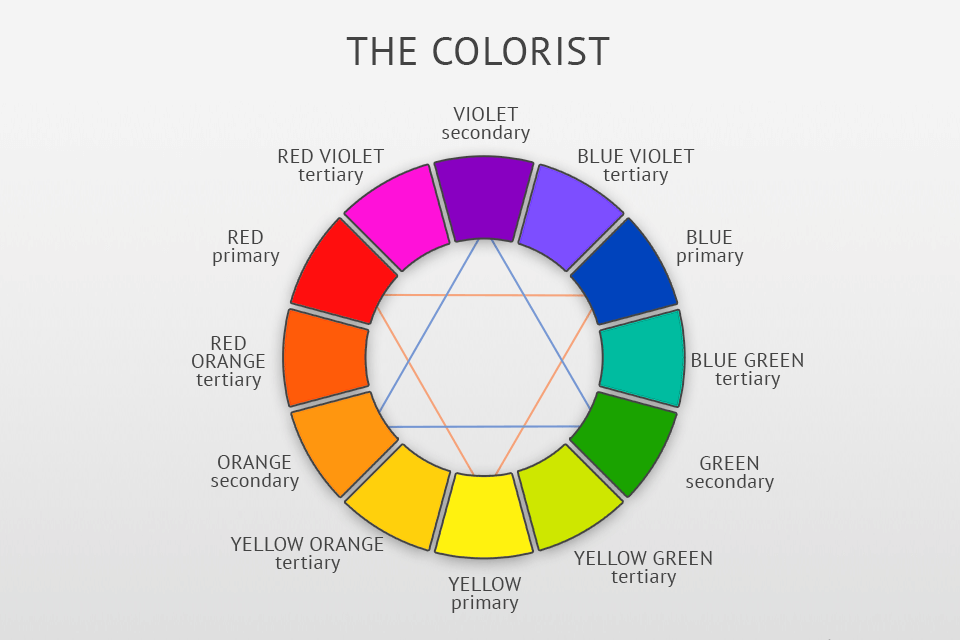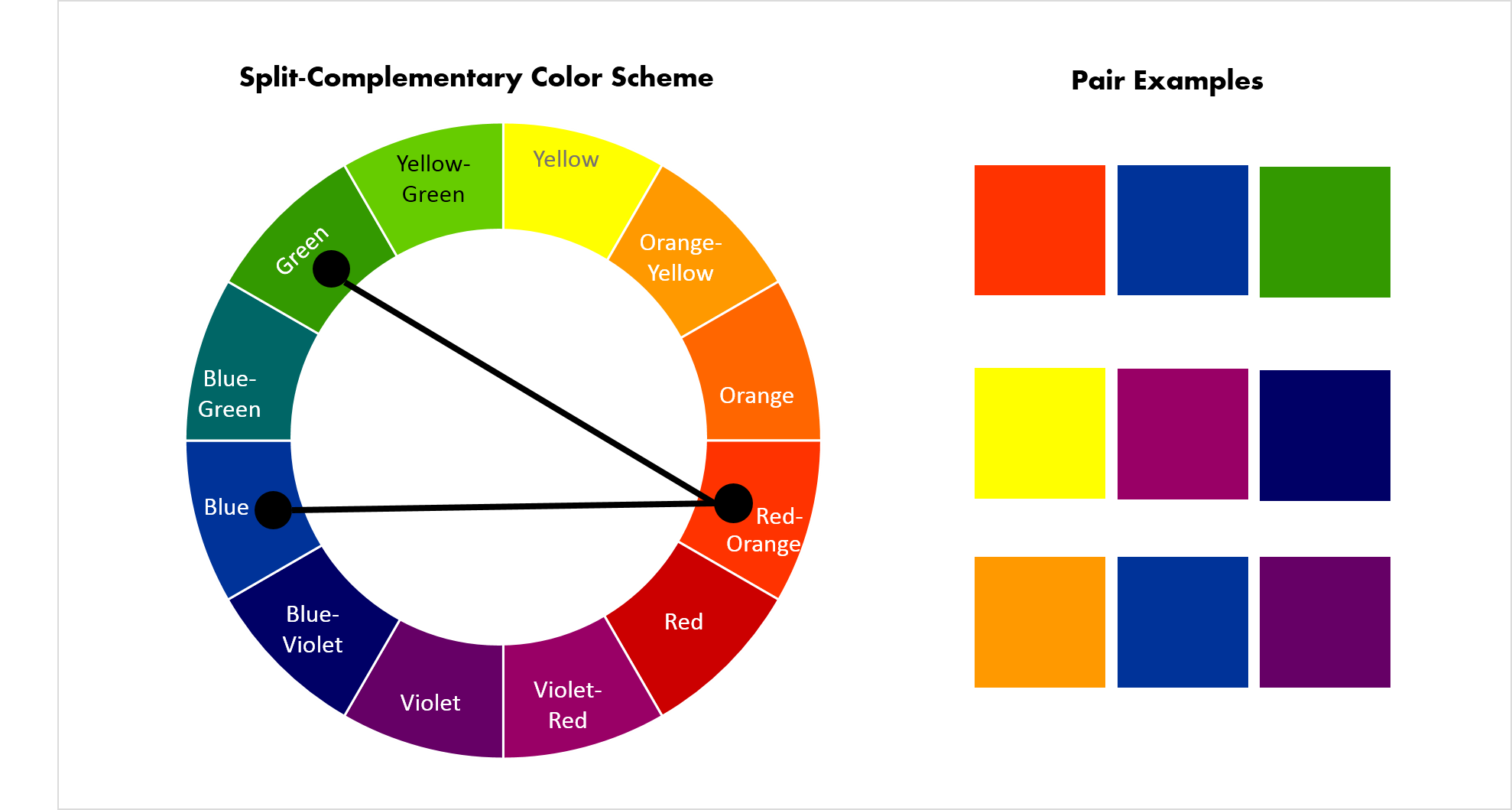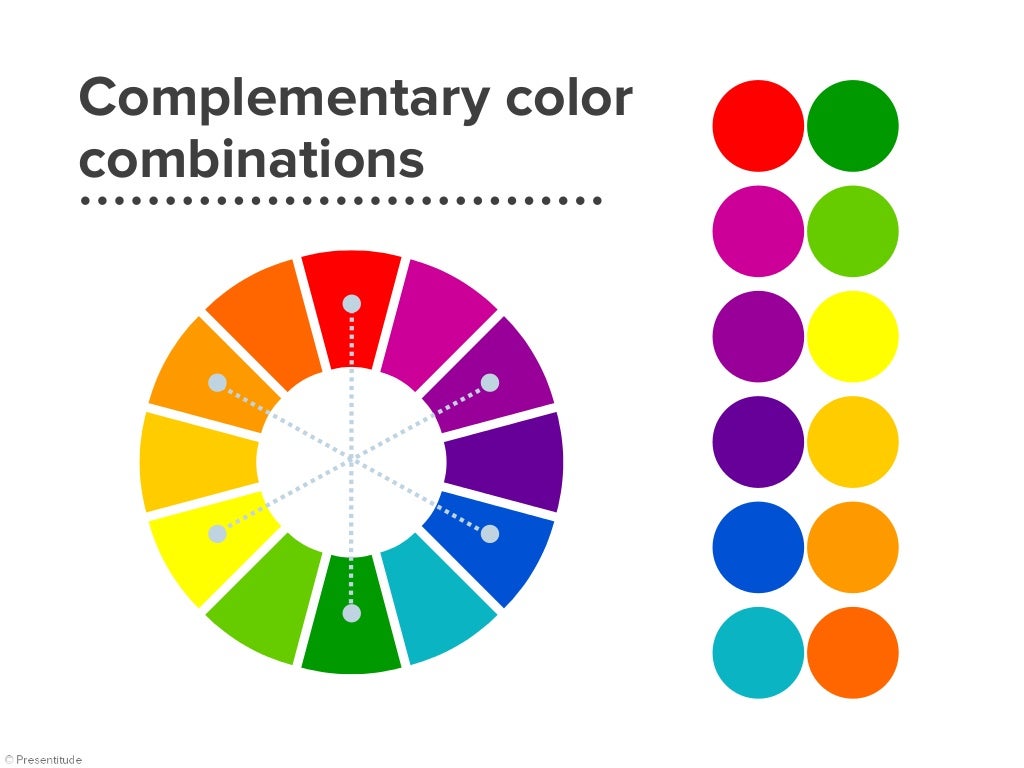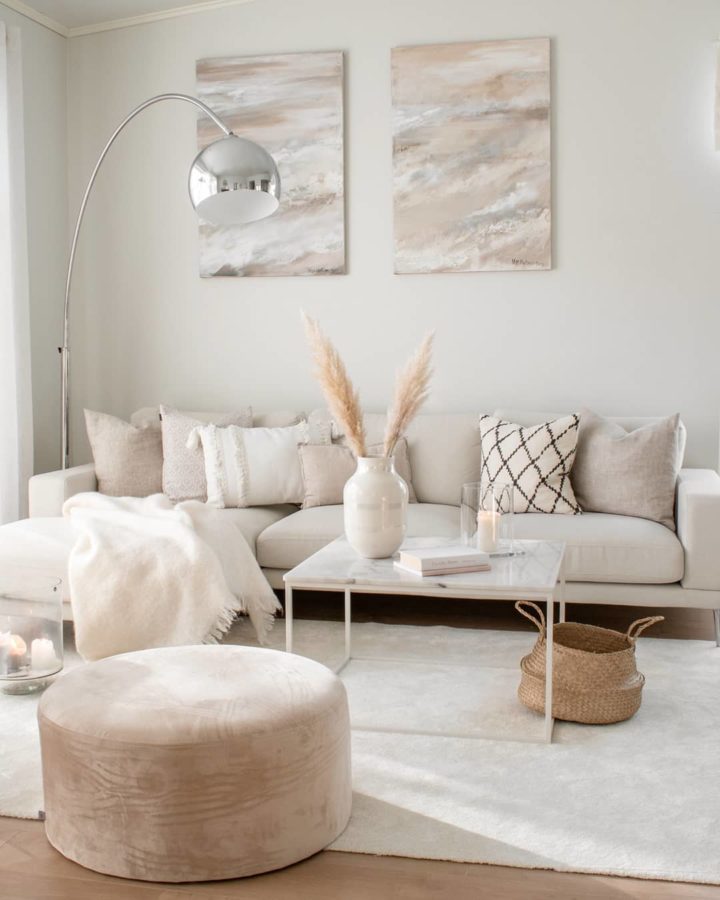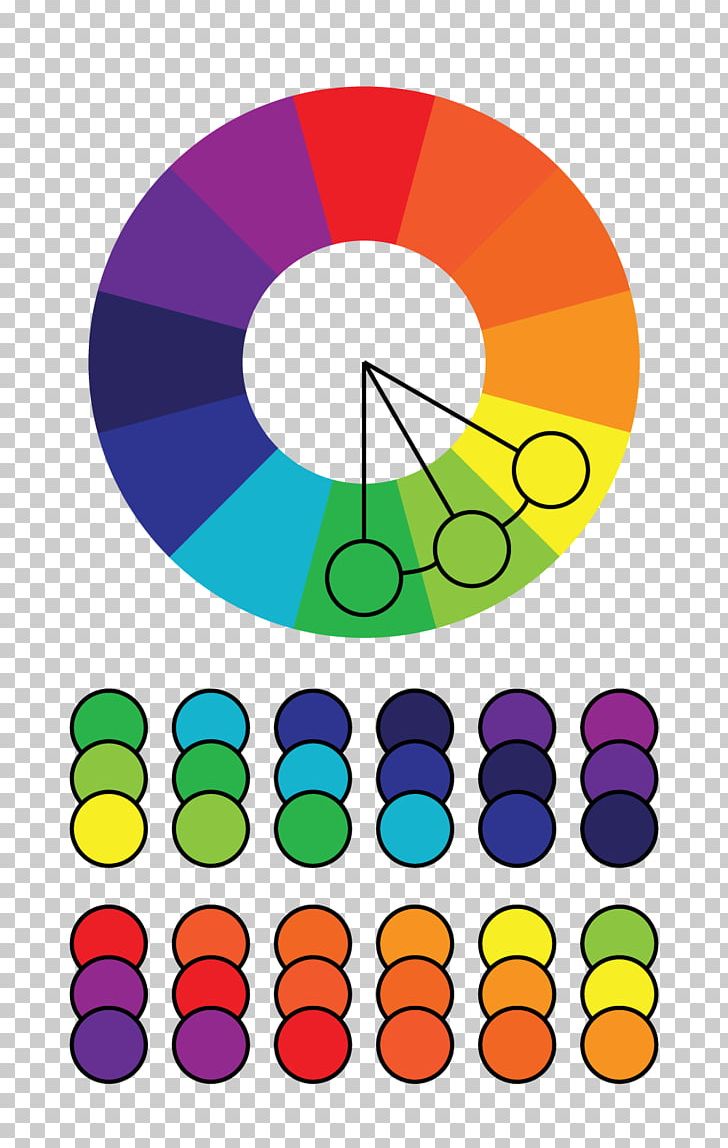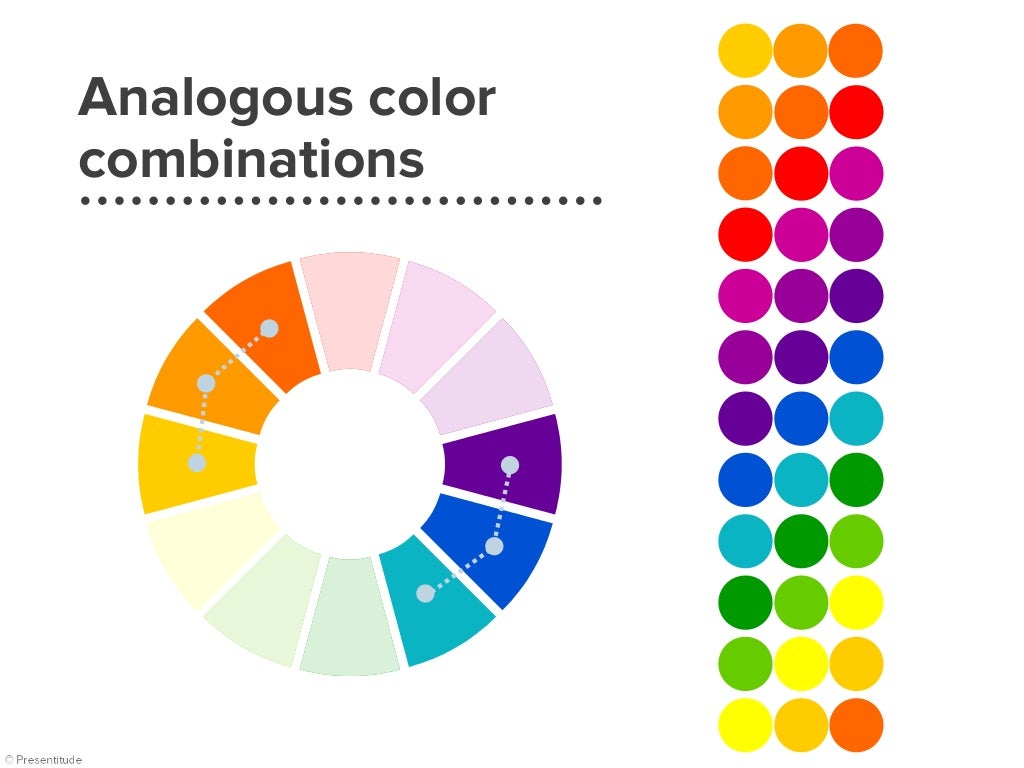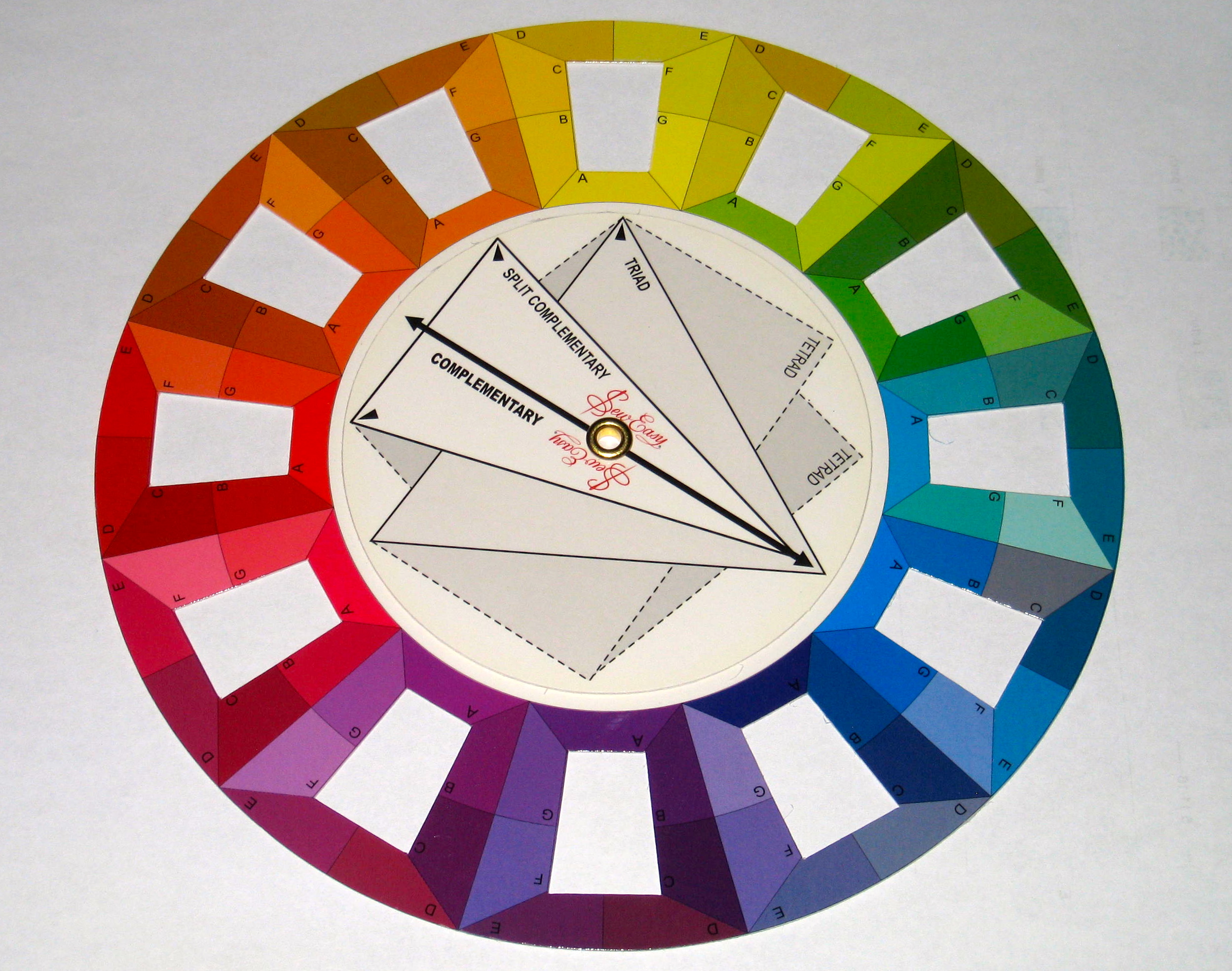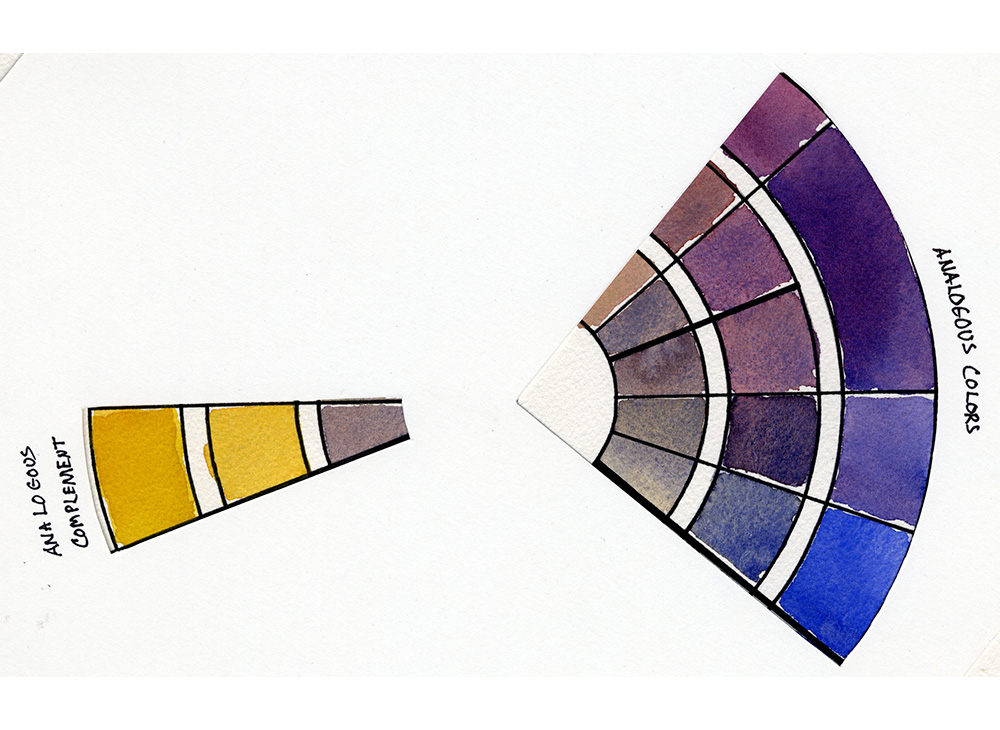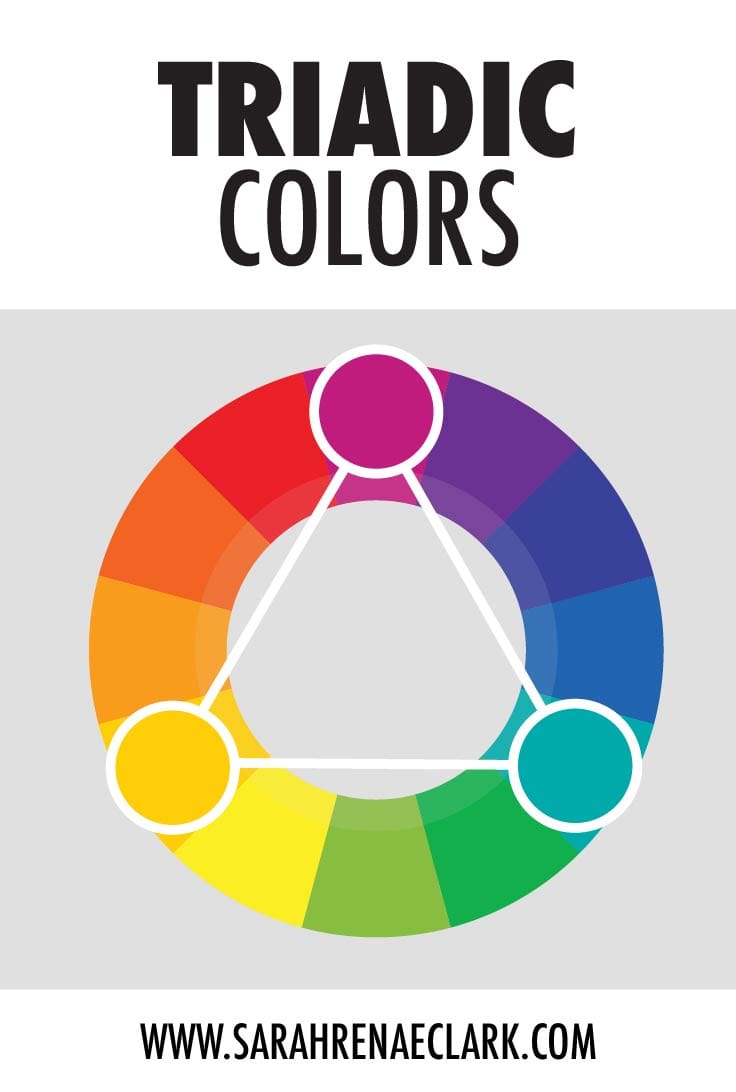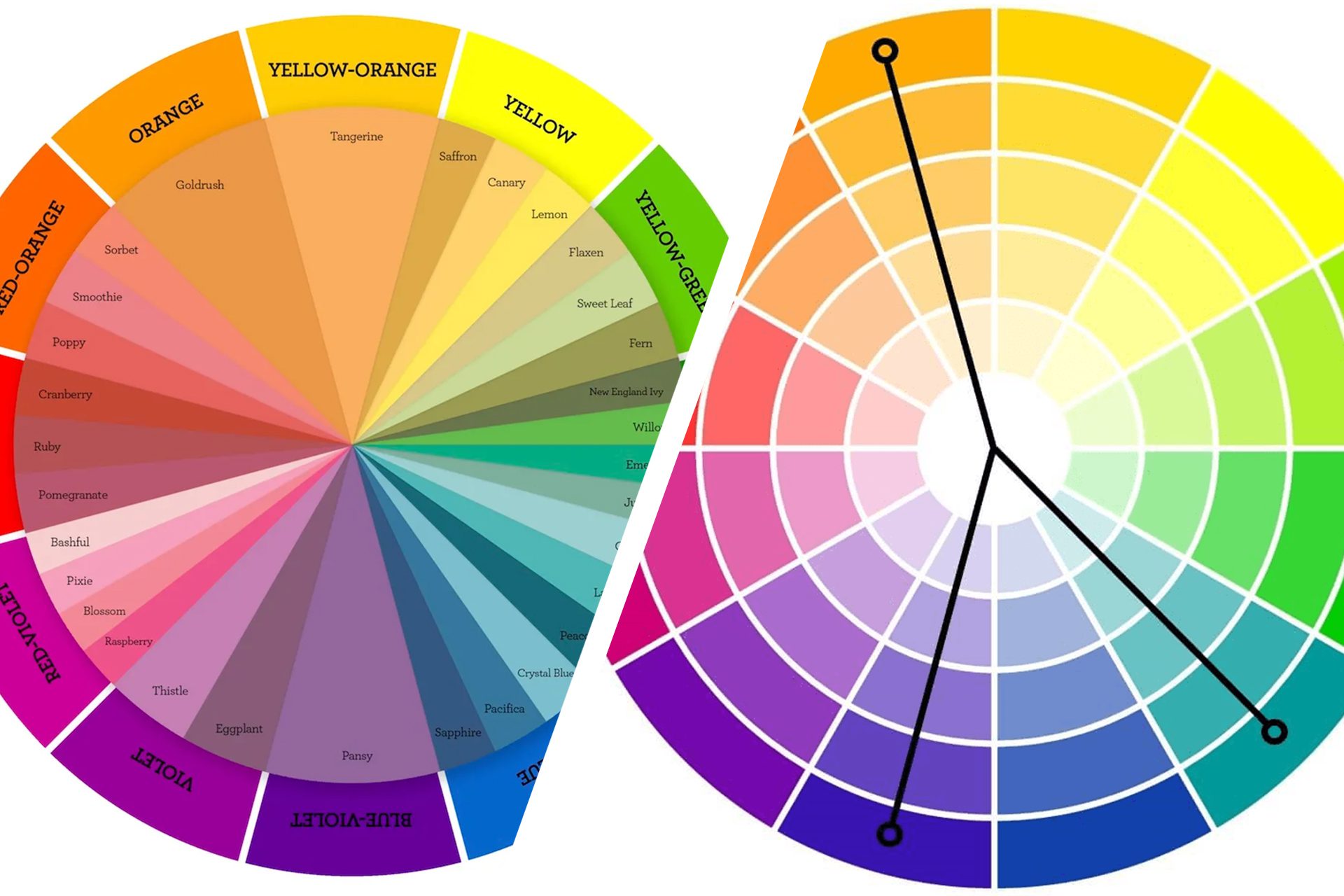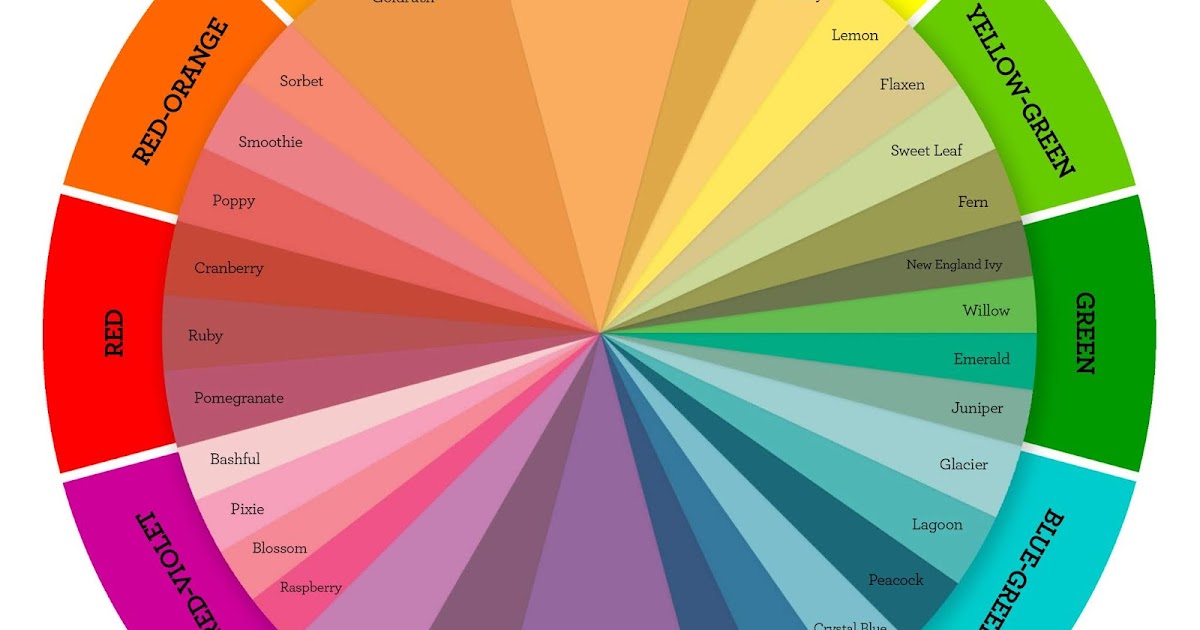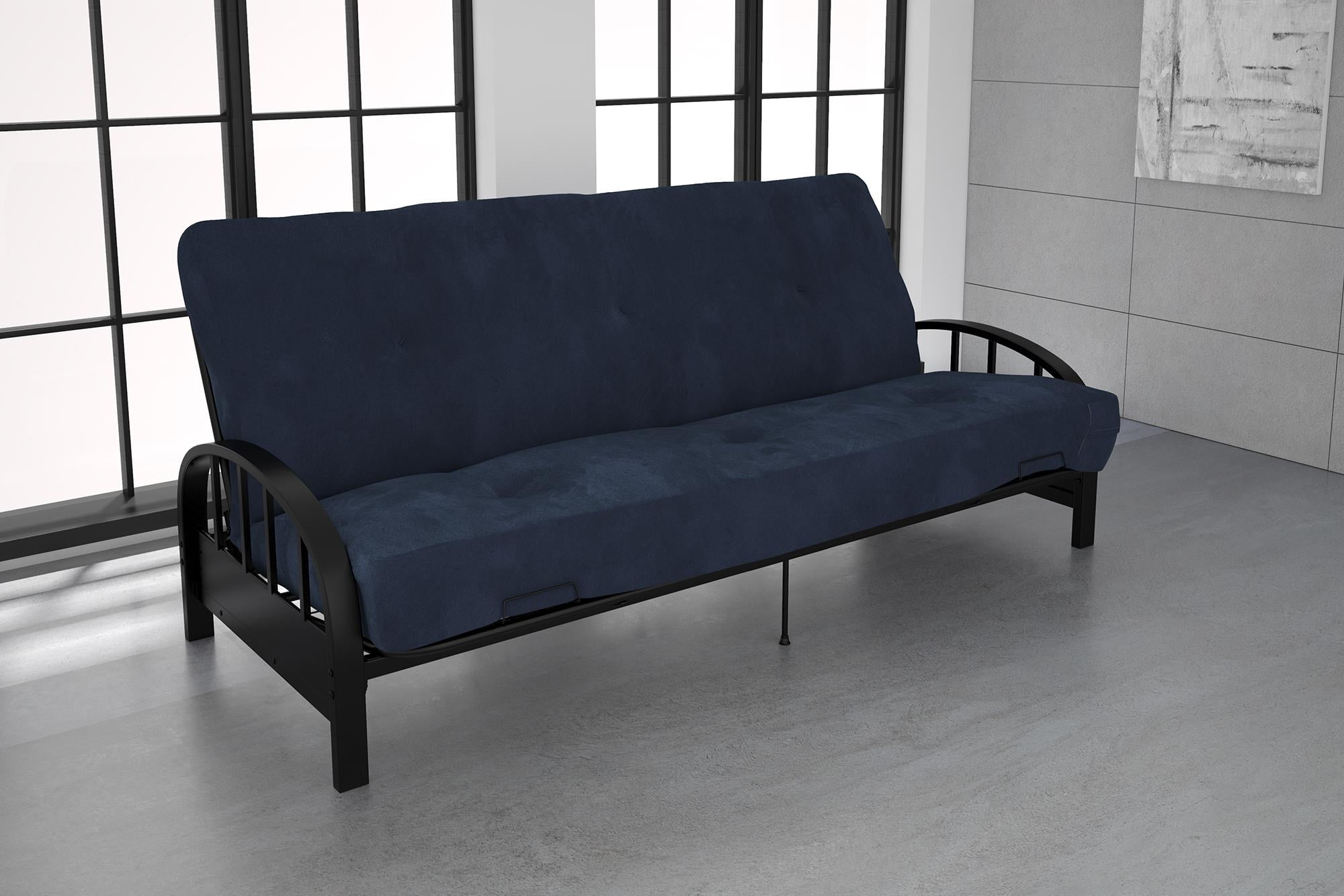Neutral colors are a popular choice for living rooms because of their versatility and ability to create a calming and balanced atmosphere. These colors include shades of white, beige, and gray, and can be paired with a variety of accent colors to create different moods and styles. Neutral colors are also a great choice for those who frequently change their decor, as they provide a blank canvas to work with.Neutral Colors
Warm colors, such as shades of red, orange, and yellow, are known for their ability to create a cozy and inviting atmosphere. These colors are perfect for living rooms that are used for relaxation and socializing. Warm colors can also add a touch of energy and playfulness to a space.Warm Colors
Cool colors, like shades of blue, green, and purple, are known for their calming and tranquil effects. These colors can make a living room feel more spacious and serene, making them a great choice for smaller or busier spaces. Cool colors are also associated with nature, making them an excellent choice for those who want to bring the outdoors in.Cool Colors
Earth tones, which include shades of brown, tan, and green, are a popular choice for living rooms as they create a warm and inviting atmosphere. These colors are perfect for those who want to create a sense of connection to nature in their space. Earth tones also pair well with other colors, making them a versatile option for any living room.Earth Tones
Light colors, such as pastel shades of pink, blue, and green, are a great option for smaller living rooms as they can make a space feel larger and brighter. These colors are also ideal for those who want to create a feminine or whimsical atmosphere in their living room. Light colors can also be used to add a pop of color and personality to an otherwise neutral space.Light Colors
Dark colors, like deep shades of blue, green, or gray, can add a touch of drama and sophistication to a living room. These colors are perfect for those who want to create a cozy and intimate atmosphere, perfect for movie nights or gatherings with friends. Dark colors can also be used to create a bold and striking accent wall.Dark Colors
Monochromatic colors refer to different shades and tones of the same color. This color scheme is perfect for those who want to create a cohesive and harmonious look in their living room. Monochromatic colors can also add depth and dimension to a space without being overwhelming.Monochromatic Colors
Complementary colors are colors that are opposite each other on the color wheel, such as blue and orange or purple and yellow. These colors create a striking contrast and can add a playful and energetic touch to a living room. Complementary colors can also be used to create a focal point or draw attention to a specific area in the room.Complementary Colors
Analogous colors are colors that are next to each other on the color wheel, such as blue and green or orange and yellow. These colors create a harmonious and soothing effect, making them a great choice for living rooms that are used for relaxation. Analogous colors also make it easy to create a cohesive color scheme in a space.Analogous Colors
Triadic colors are three colors that are evenly spaced on the color wheel, such as red, blue, and yellow. This color scheme is perfect for those who want to add a bold and vibrant touch to their living room. Triadic colors can also be used to create a visually interesting and dynamic space.Triadic Colors
Choosing the Right Colors for Your Living Room

Creating a Welcoming Atmosphere

When designing your living room, one of the most important factors to consider is the color scheme. The colors you choose can greatly impact the overall look and feel of the space, making it either inviting and cozy or cold and unwelcoming. Therefore, it is essential to carefully select good colors for your living room that will create a warm and inviting atmosphere.
The Power of Neutral Colors
:max_bytes(150000):strip_icc()/beautiful-living-room-interior-with-colorful-area-rug--large-couch--and-abundant-natural-light-1210163723-a6f8f523c80a41b3a1272de88db0cc21.jpg)
Neutral colors such as white, beige, and gray are a popular choice for living rooms as they provide a clean and timeless look. These colors also have the ability to make a room feel larger and more open, which is particularly beneficial for small living spaces. Additionally, neutral colors serve as a great base for adding pops of bold colors through accent pieces such as throw pillows, rugs, and artwork.
Warm and Cozy Tones

If you want to create a cozy and inviting living room, consider opting for warm tones such as shades of red, orange, and yellow. These colors have a comforting and energizing effect, making them perfect for creating a space where you can relax and unwind. You can incorporate these warm tones through accent walls, furniture pieces, and accessories to add a touch of vibrancy to your living room.
Soothing Blues and Greens
/Neutrallivingroom-GettyImages-568518365-5a6260a87d4be80036ac6b0c.jpg)
For those looking to create a tranquil and calming living room, shades of blue and green are excellent options. These colors are known for their soothing and calming properties, making them ideal for creating a peaceful and serene environment. Shades of blue and green also work well together, allowing you to mix and match various hues to create a cohesive color scheme.
Consider the Lighting

The lighting in your living room can greatly affect the way colors appear. Natural light can highlight certain hues, while artificial lighting can make colors appear duller or warmer. When choosing colors for your living room, take into consideration the amount of natural light the room receives and the type of artificial lighting you will use. Test out different colors in the space to see how they look in different lighting conditions before making a final decision.
In conclusion, when it comes to choosing the right colors for your living room, it is important to consider the overall atmosphere you want to create and how lighting can affect your color choices. By incorporating a mix of neutral colors, warm tones, and calming blues and greens, you can create a beautiful and inviting living room that reflects your personal style and makes you feel right at home.



:max_bytes(150000):strip_icc()/what-is-a-neutral-color-1973822-03-3fab8b5a361d49638d3de1cbaf579a22.jpg)
/Lee-Edwards-Getty-Images-56a5ae653df78cf7728968ec.jpg)


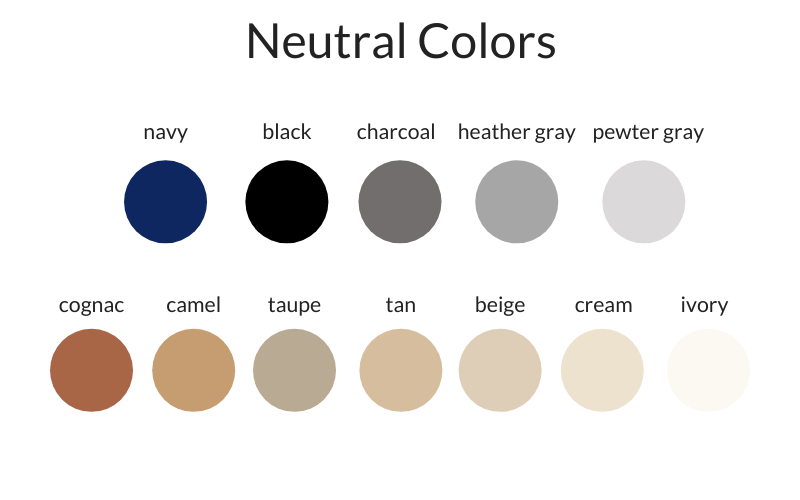
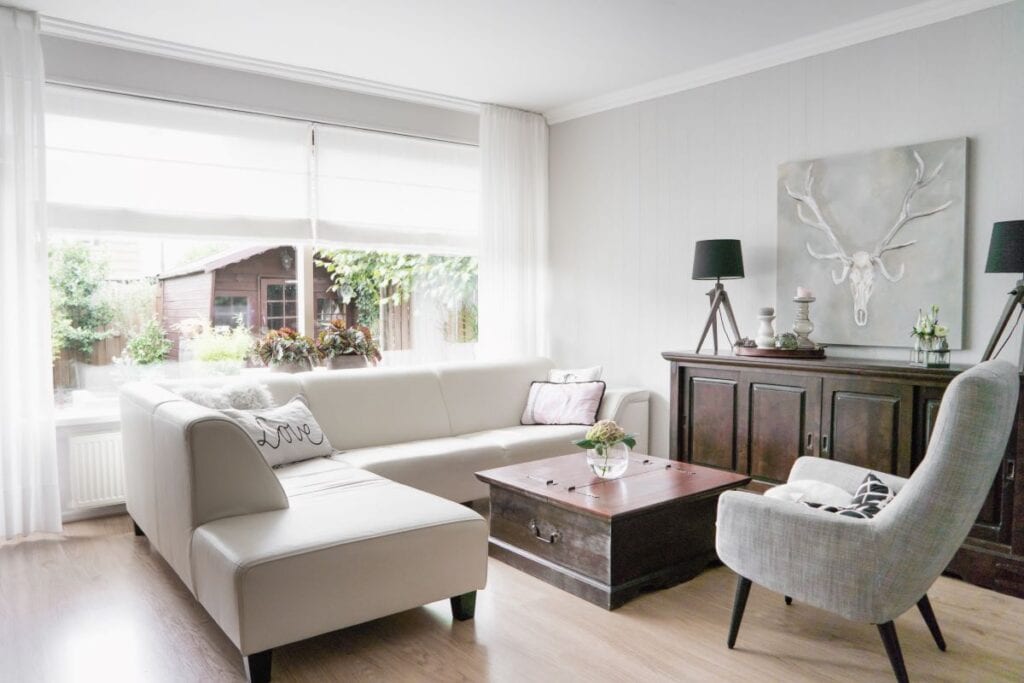
/clark_Kensington_neutrals-57db7f2e5f9b5865164b7baa.png)
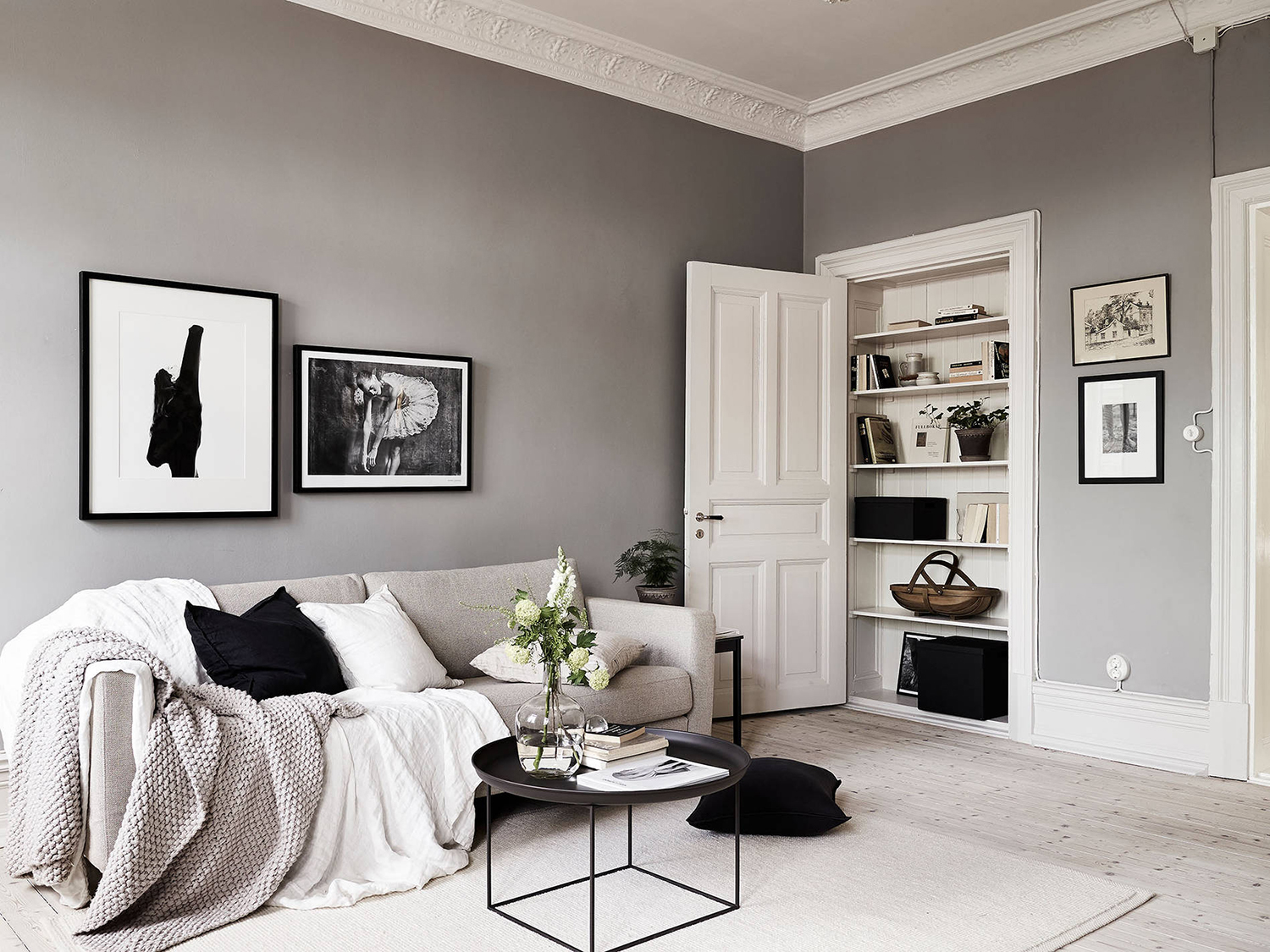







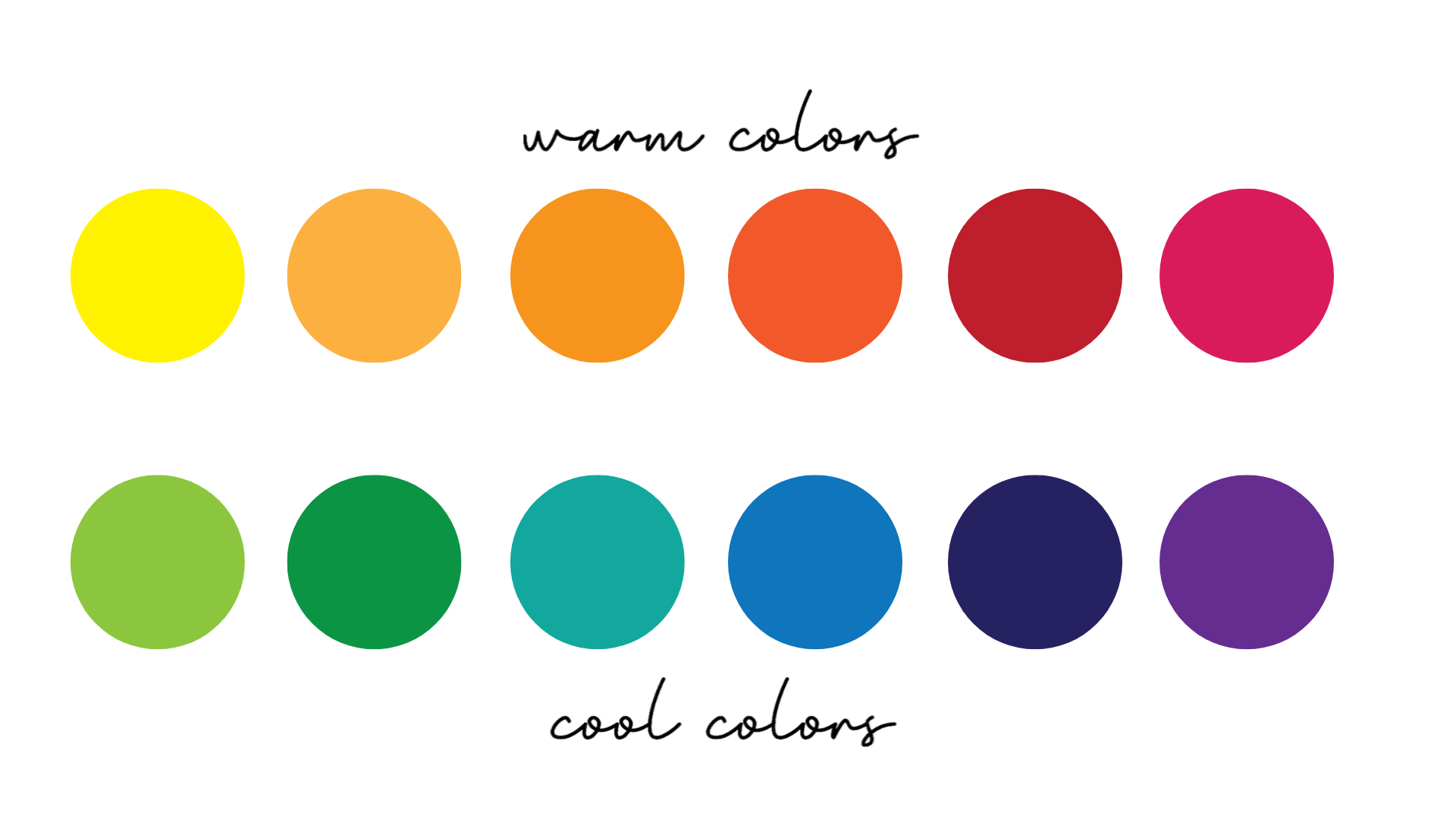
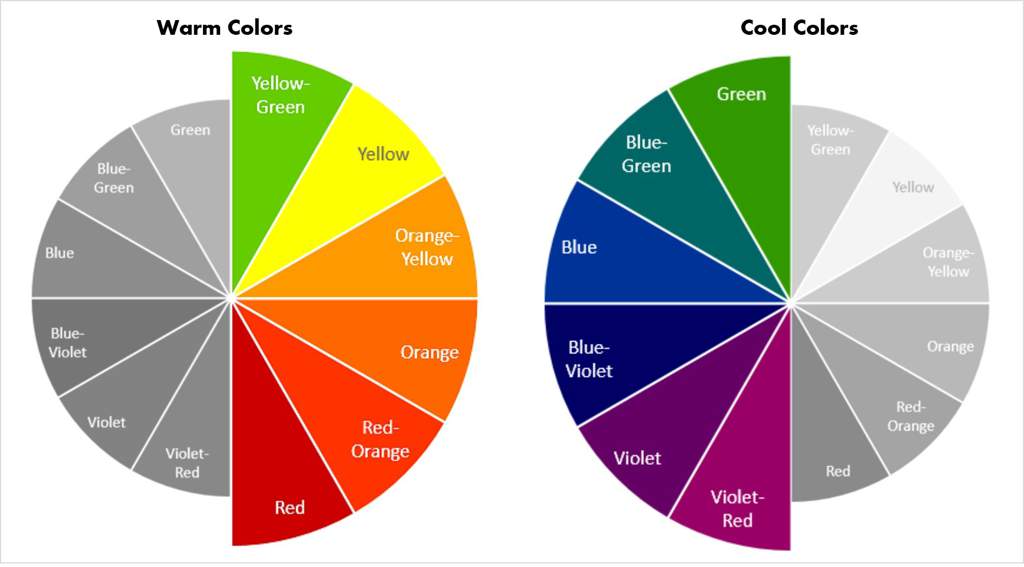


















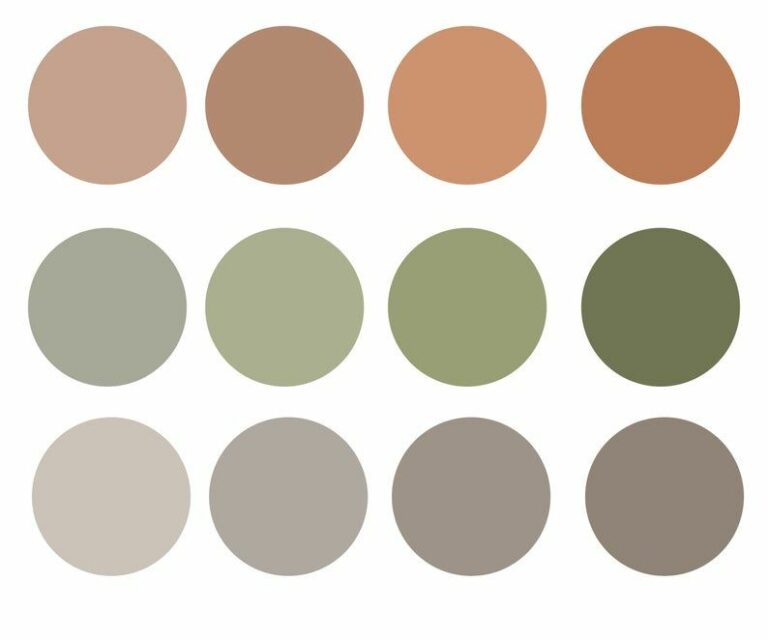




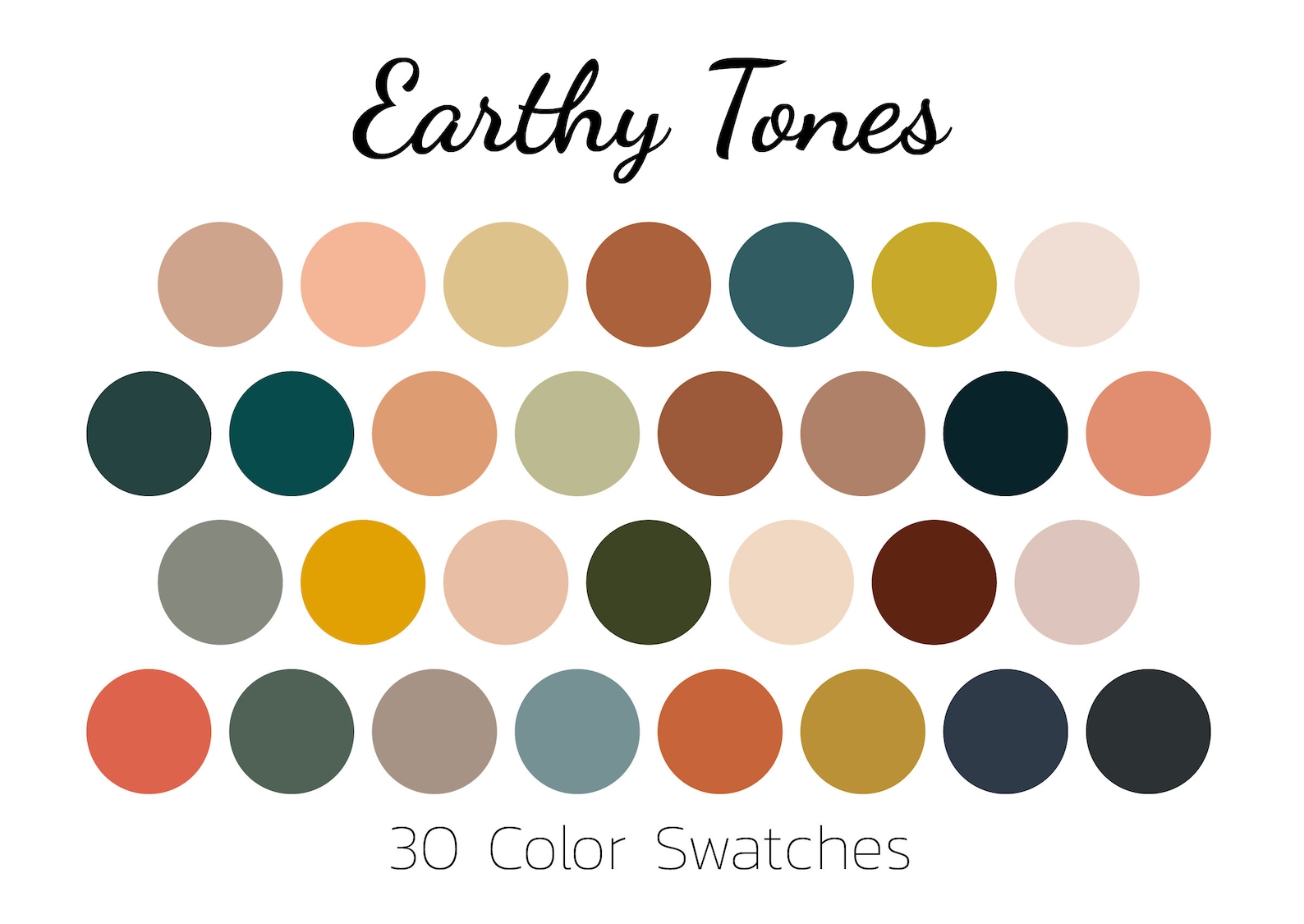

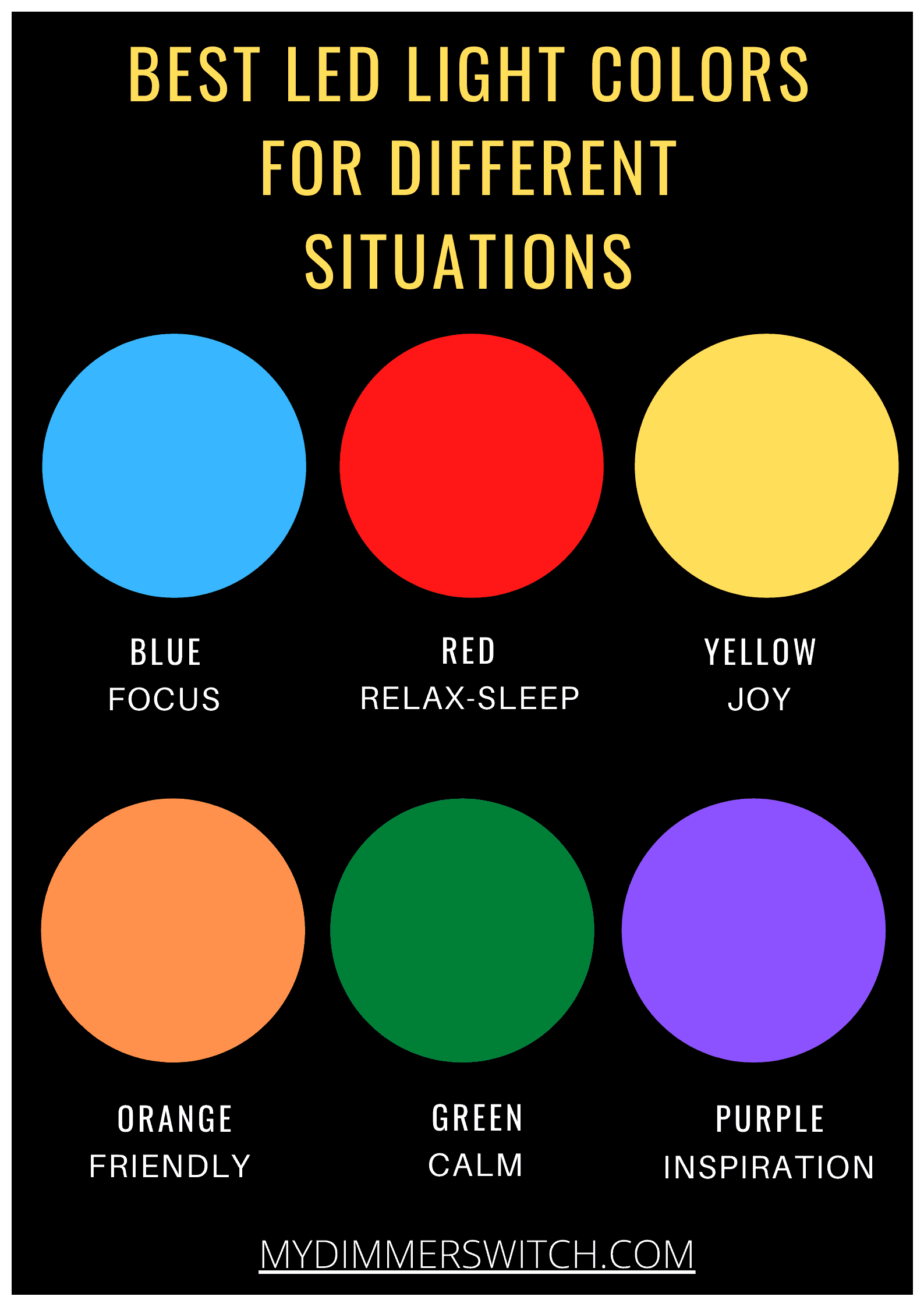








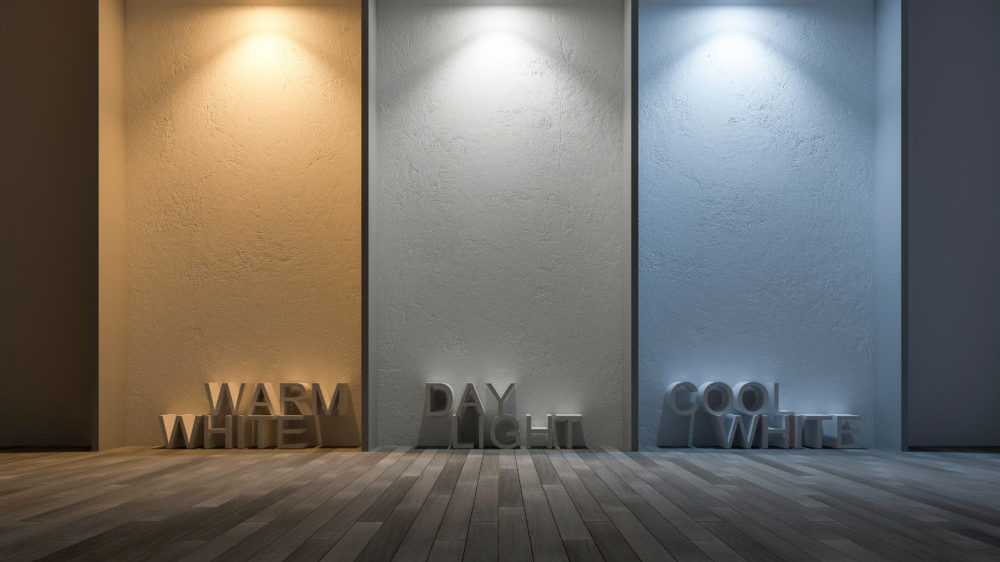


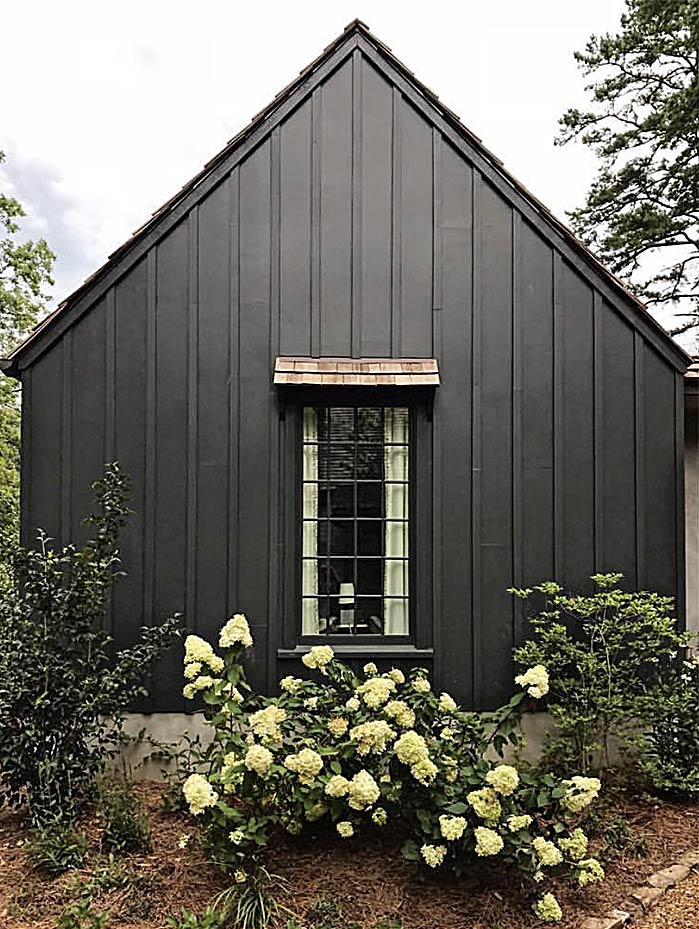














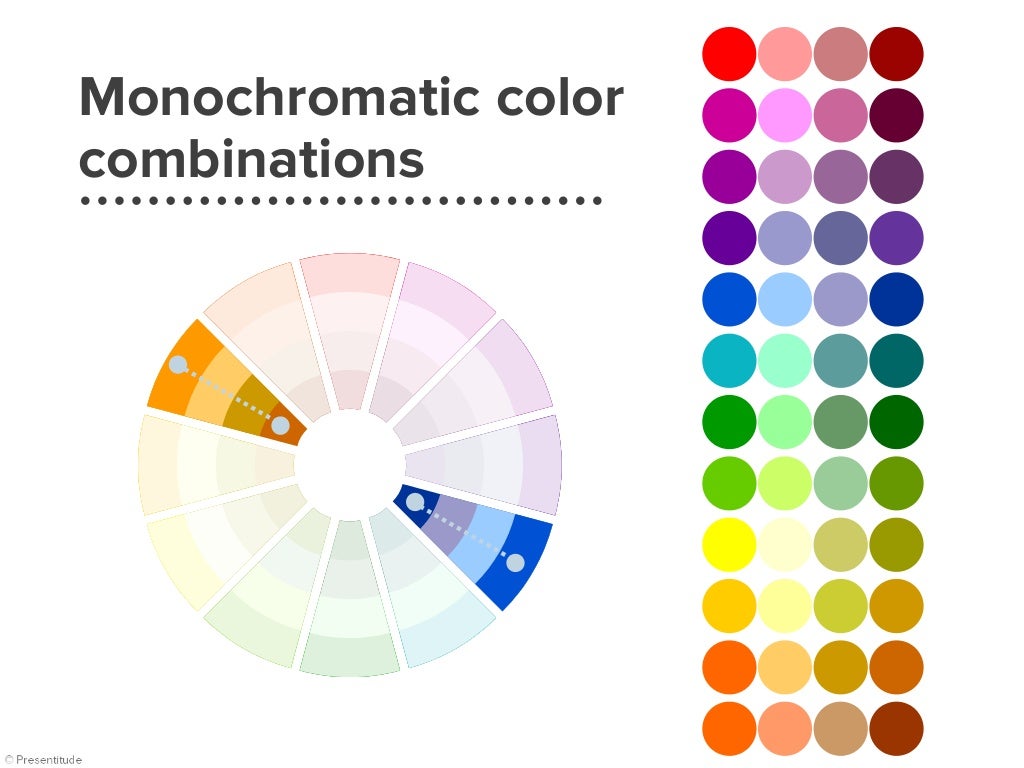
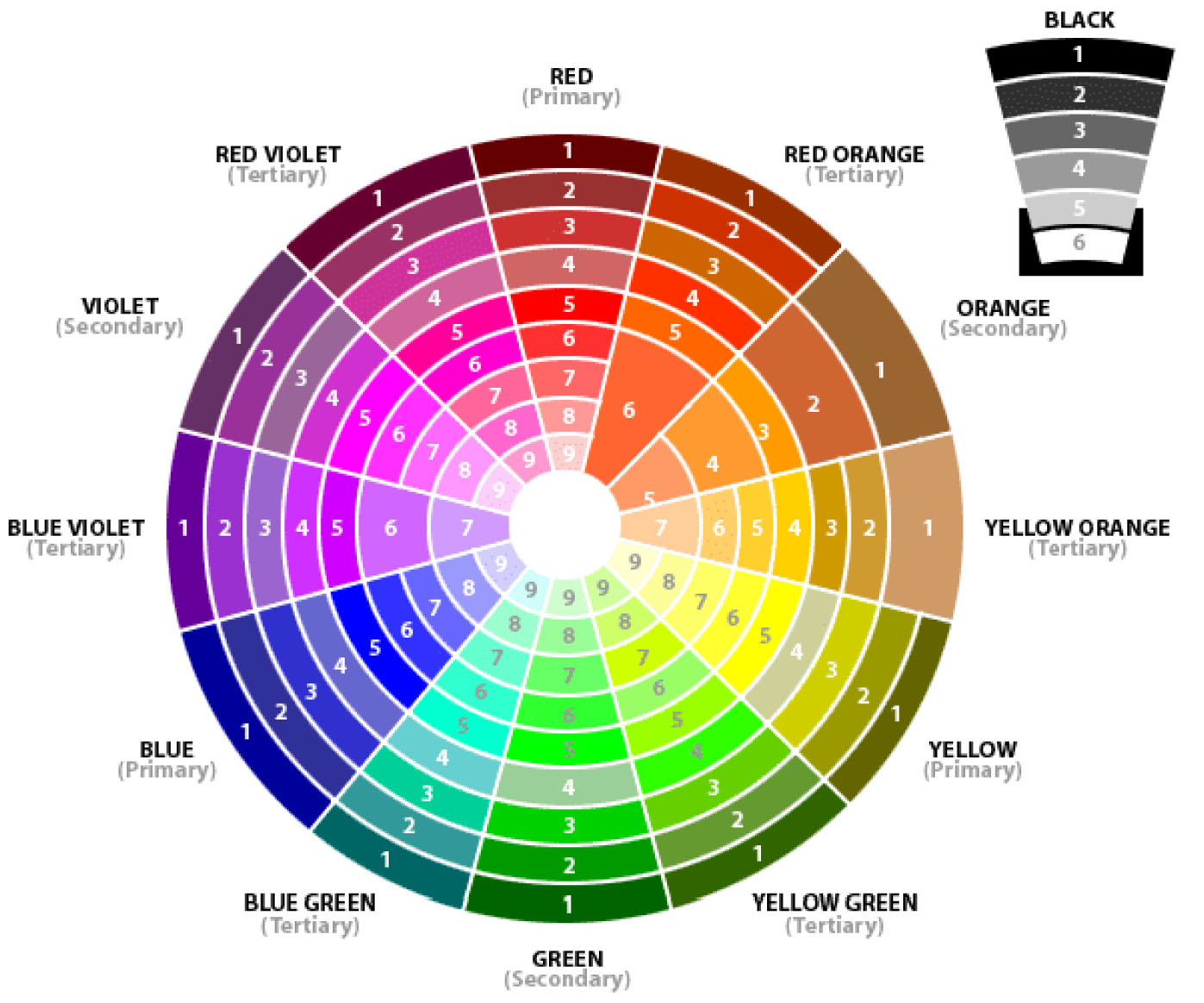


:max_bytes(150000):strip_icc()/Lista_complementarios-56a6e6cb3df78cf77290d98b.png)


